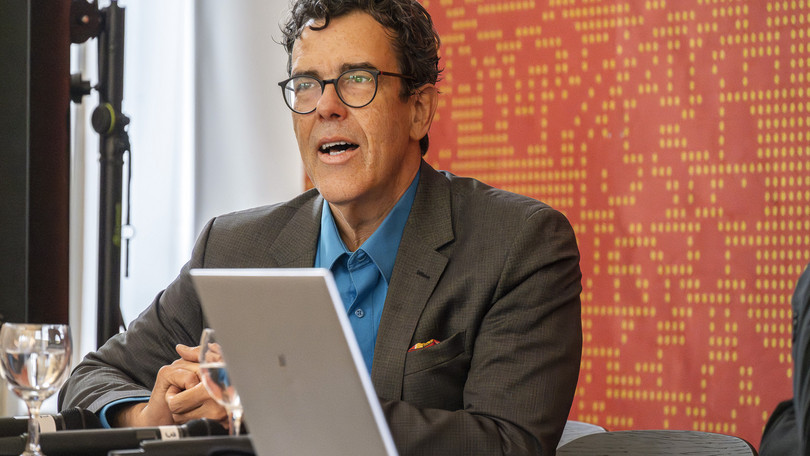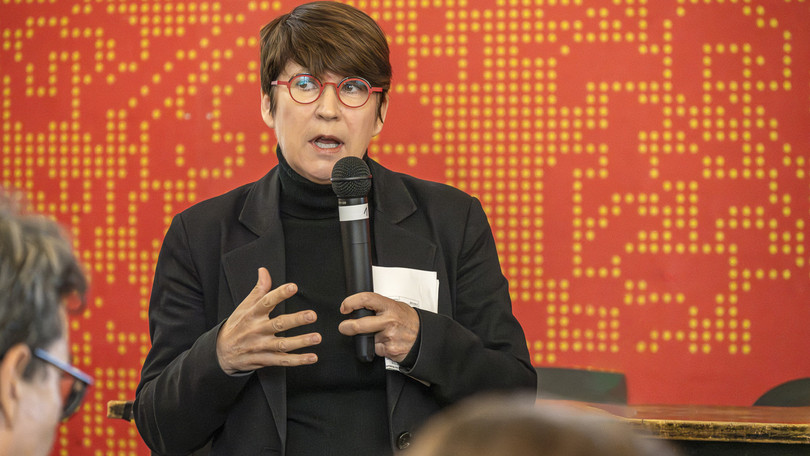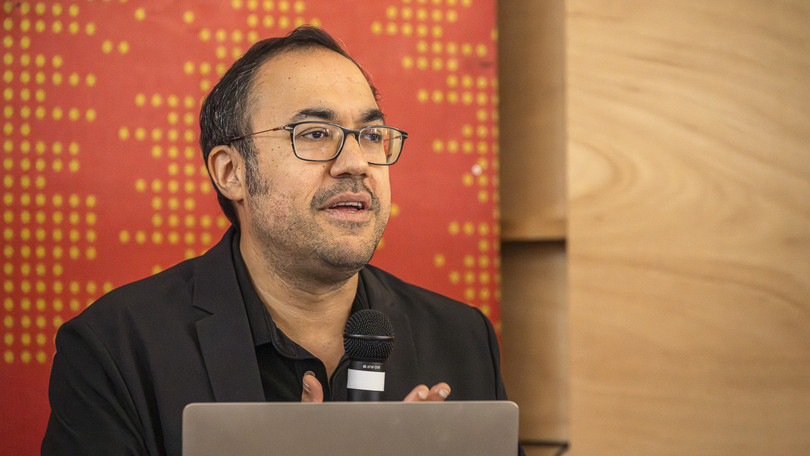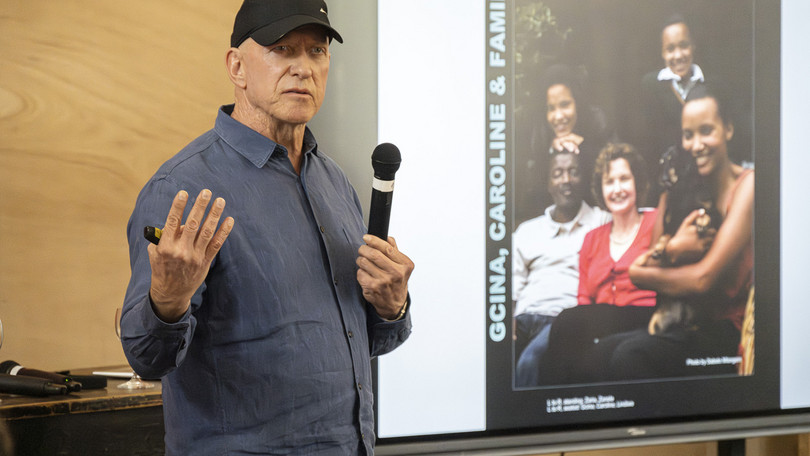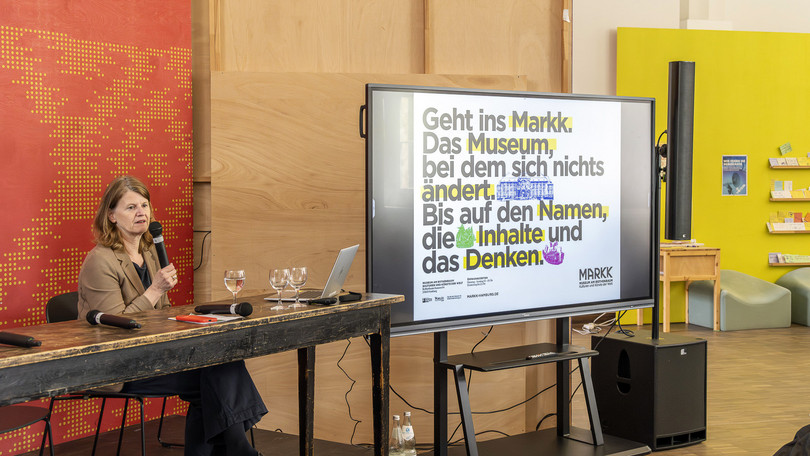Conceptualising the postcolonial museum for the 21st century
2024-06-20 The Leuphana Institute for Advanced Studies (LIAS) in Culture and Society, in collaboration with the Museum am Rothenbaum Kulturen und Künste der Welt (MARKK) in Hamburg, hosted the conference "The Practice of Decolonisation: Art, Anthropology, History, and the 21st Century Museum". Internationally renowned experts accepted the invitation extended by LIAS Senior Fellows Richard Drayton and Rosalind C. Morris with the aim to highlight various dimensions of decolonial practice.
Richard Drayton opened the event by challenging a conventional question: Rather than asking how colonialism shaped the world, he proposed a more provocative enquiry: How was Europe itself shaped by colonialism? Acknowledging the resistance this question often encounters underscores the urgency of analysing the ongoing entanglements of European cultural institutions with the legacies of imperial violence and inequality. In this context, Rosalind Morris called for objects to be seen as stimuli for human experience and for museums to be understood as places of both mourning and mediation - an approach which resonated with many participants, each contributing unique perspectives to the dialogue.
Pierre Singaravélou, historian, filmmaker, and curator—who holds professorships in Global History at King’s College London and Modern History at the Université Paris Panthéon-Sorbonne—emphasised the pivotal role of museums as places of public education. At the same time, he cautioned against the pitfalls of a Eurocentric approach to decolonisation, advocating instead for a global perspective that embraces conceptual shifts. Singaravélou illustrated this point with examples from the Musée d'Orsay and the Louvre, where he argued for a new, necessary popularisation of museums in the sense of a pluralisation and diversification of perspectives.
A Fetish for the Original and a Pursuit of Novelty
The contrast to the next presentation in terms of museum types could hardly have been greater: A global museum on the one hand, and on the other a former apartheid-era prison in South Africa now converted into a memorial site. Clive van den Berg, artist, curator, and designer from Johannesburg, addressed the issue of objectification within museums, which sometimes reduces people to mere exhibition objects. Instead, museums should be places that foster human experience and be designed in such a way that visitors develop empathy. Van den Berg recounted his collaborations with individuals who have only experienced state institutions and museums as places of oppression. In his work as curator and designer, he has focused on restoring the dignity of these individuals through representation by giving them a public space for their experiences of suffering.
Fernanda Pitta, Professor of Art Research, Theory, and Criticism at the Museum of Contemporary Art at the University of São Paulo, criticised collecting practices driven by desires for possession. "There is a ‘fetish of the original’ and a ‘competition for novelty’," warned Pitta, emphasising the destructive effects of these practices. In contrast, she argued that in the perception of indigenous cultures, so-called objects are, above all, ancestors, ambassadors, agents, and integral parts of a living culture of memory. In this context, she highlighted her collaboration with activist Glicéria Tupinambá – which forms part of a project that includes LIAS Fellow Bruno Moreschi, also from São Paulo.
Objects as Mediators of Human Experience
Given the conference's focus on practical decolonisation strategies, Christine Chávez’s guided tour of the MARKK exhibition "White Desert Gold: Chilean Saltpetre and Hamburg" was particularly fitting. Chavez, a curator at MARKK, raised critical questions about the archive material she presented, such as the working conditions in Chile’s saltpetre factories, gender roles, and the exploitation of natural resources. She then extended these exhibition themes further to contemporary issues, including lithium mining in Chile today.
MARKK Director Barbara Plankensteiner presented her museum as an example of the transformation of an institution from a former 'ethnological museum' into a more critically engaged space. She described interventions facilitated through collaborations with curators who joined the museum as research fellows, as well as with contemporary artists. Plankensteiner also emphasised the significance of exhibitions on colonial history, particularly for children.
To summarise this multifaceted conference, the overarching tenor was the necessity for a revised understanding of objects - whether as witnesses, ancestors, or mediators of human experiences – and the reconceptualization of museums as places of a different, collective learning that embrace the intertwined nature of global histories.

